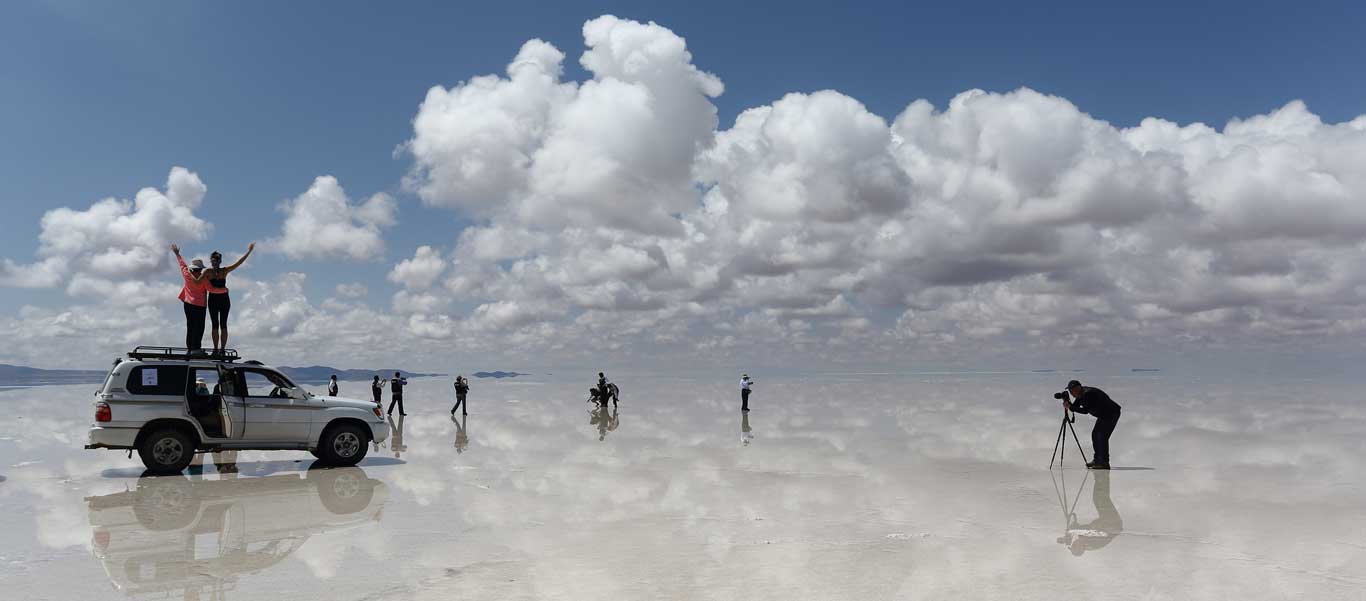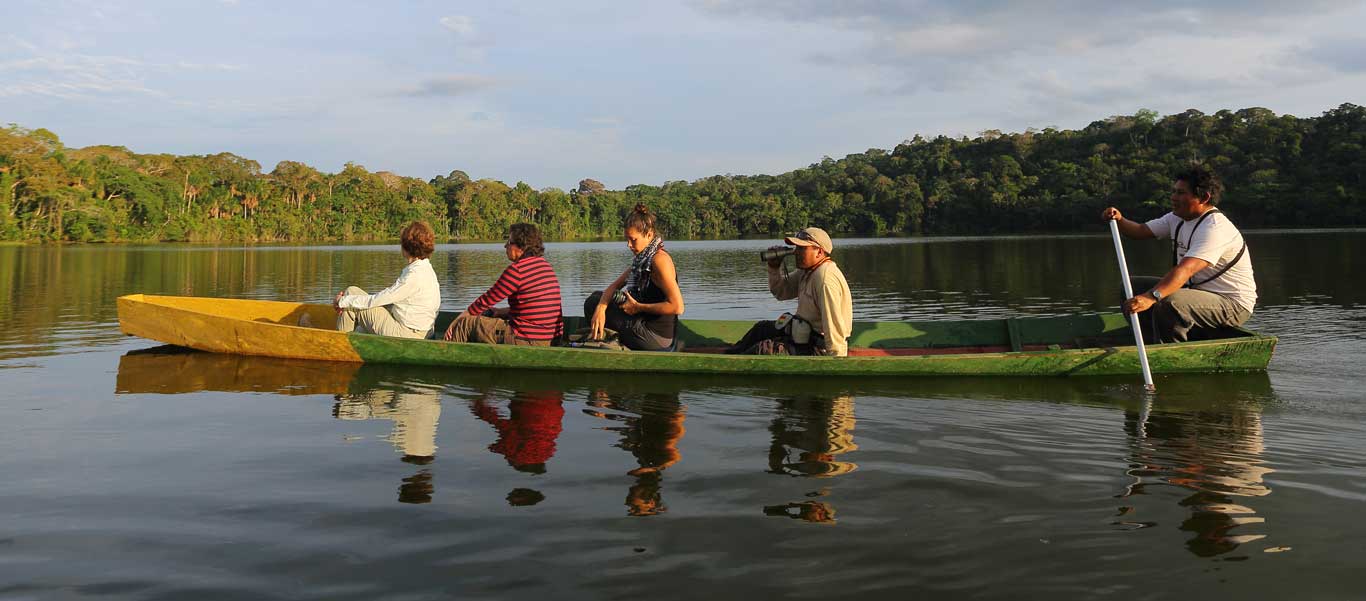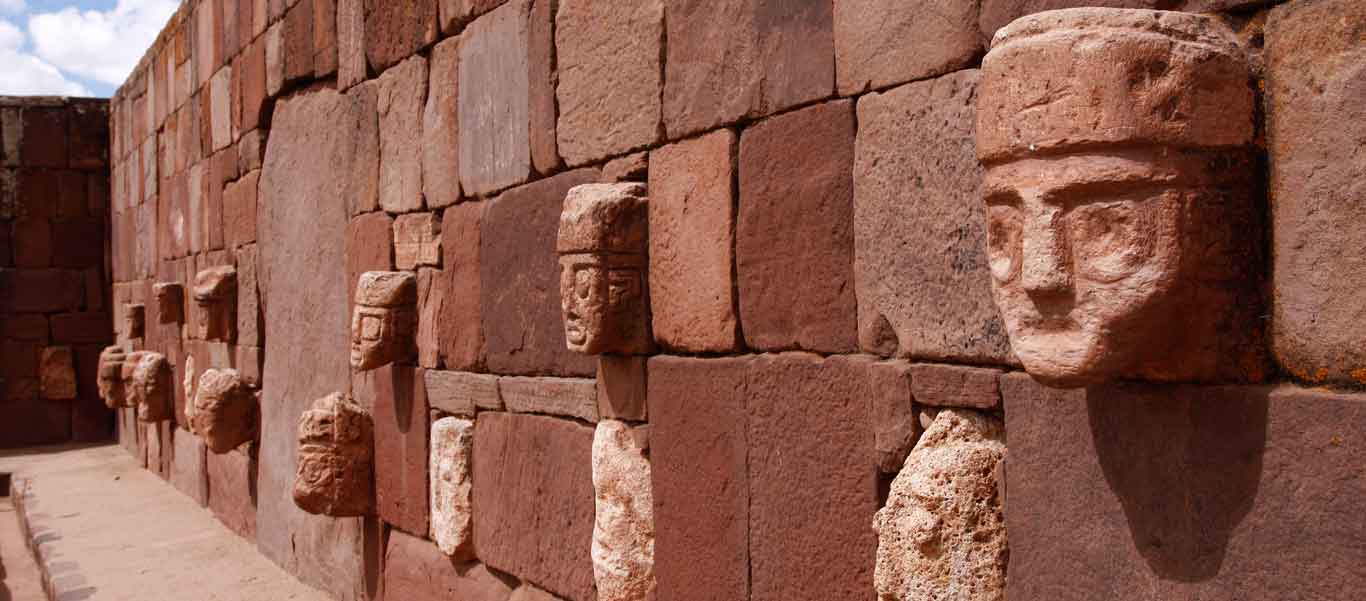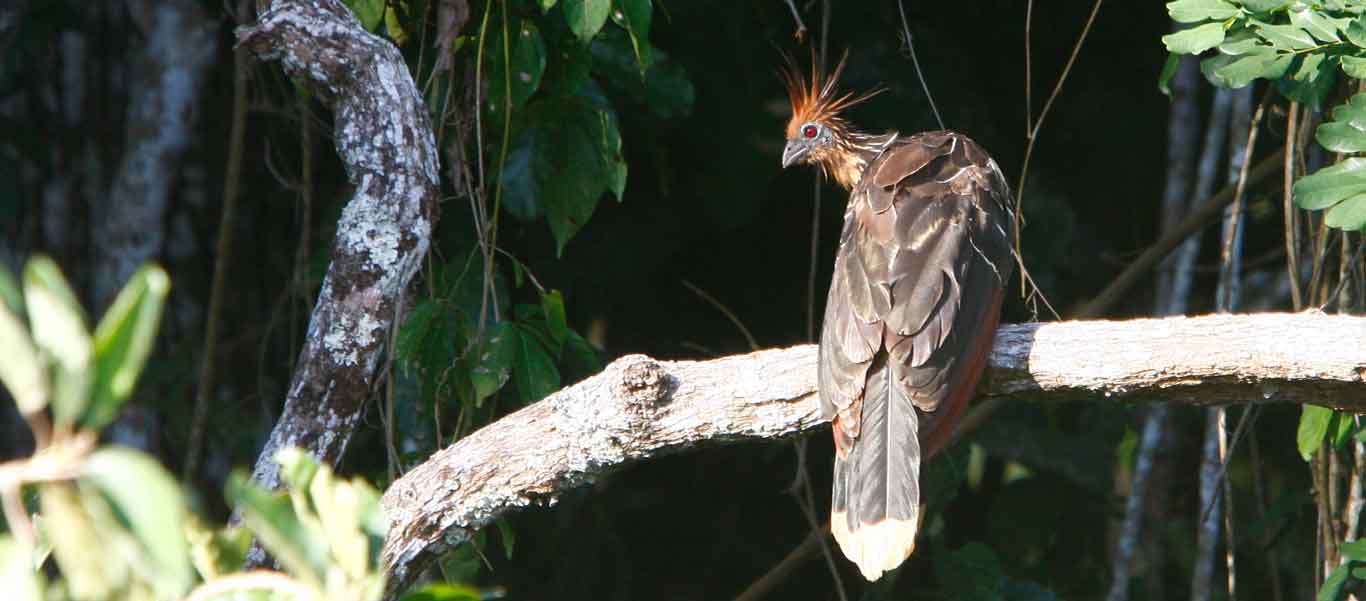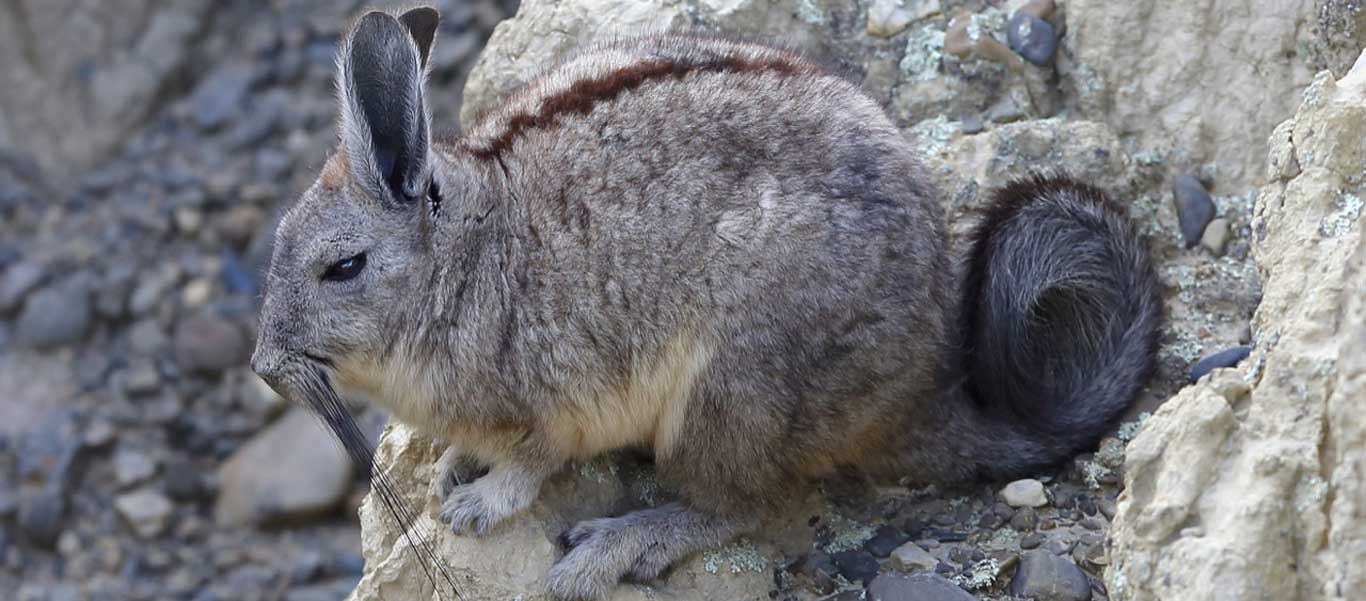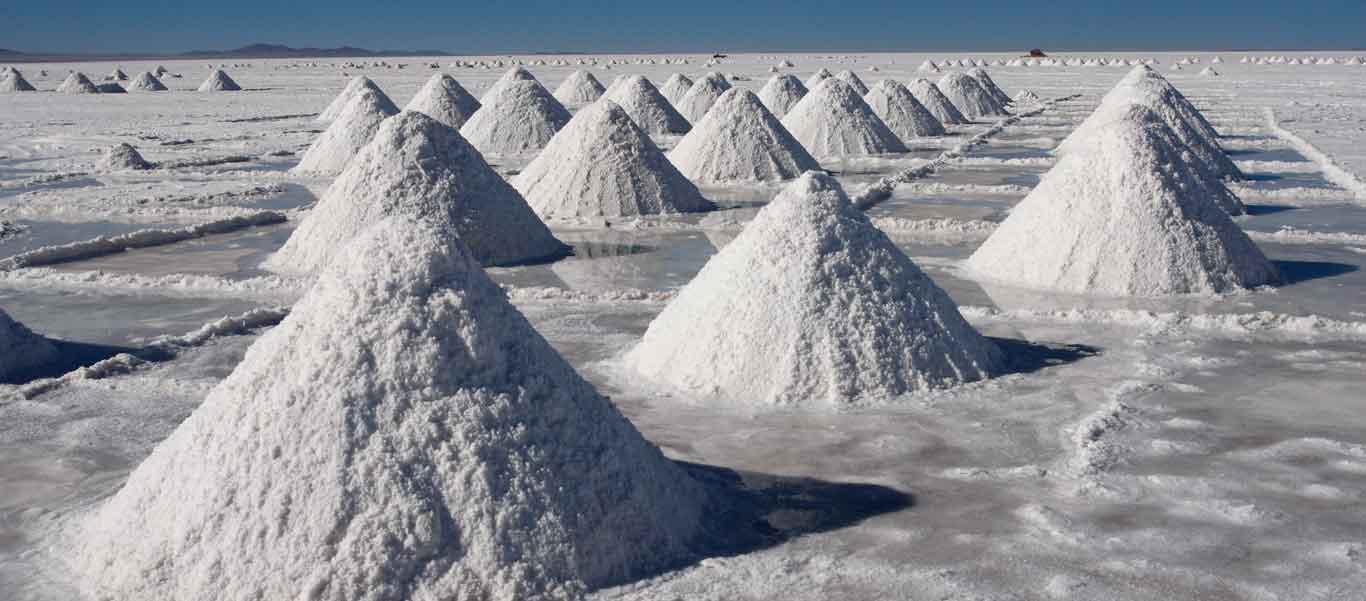Bolivia
Bolivia Culture & Nature Tour
“Dizzying” is an apt adjective for Bolivia, and not merely because of the light-headed feeling one gets touching down in 12,000-foot-high La Paz. To explore this country is to encounter wildly diverse and dramatic landscapes and cultures: from the stark Andean Altiplano to the wildlife-rich lowlands of the Amazon river basin; from Lake Titicaca, the continent’s largest lake, to the earth’s largest salt flats in Uyuni; and from the thriving indigenous community in Tarabuco to the harsh existence of silver miners in Potosí. On this 17-day Bolivia culture and nature tour with Apex, you’ll experience an astonishing variety of people, wildlife, and historic sites in the geographic heart of South America.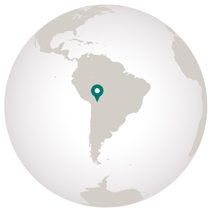
Destinations
- Travel by Air
- Travel by Road
- Travel by Boat
- Travel by Bullet Train
- Travel by Rail
- Travel by Dog Sled
- Day 1
- Day 2
- Day 3
- Day 4
- Days 5 & 6
- Day 7
- Day 8
- Day 9
- Day 10
- Day 11
- Day 12
- Day 13
- Day 14
- Day 15
- Day 16
- Day 17
-
Tuesday, April 18: Arrive in La Paz, Bolivia
Arrive in Bolivia’s de facto capital late at night, and transfer to your hotel in the upmarket, lower altitude, and considerably more oxygen rich, Calacoto neighborhood. Overnight at Casa Grande Hotel.
-
Wednesday, April 19: La Paz / Valley of the Moon
Take the day to acclimate to the city’s 12,000-foot elevation. In the afternoon, head just outside La Paz for a stroll around the cactus-covered badlands of the Valley of the Moon, known for their bizarre geological formations, called hoodoos. Enjoy lunch and dinner at the hotel with a briefing by your expedition leader this evening. Overnight at Casa Grande Hotel.
-
Thursday, April 20: La Paz – Tiwanaku / Rurrenabaque
This morning, take a short drive to the southeastern shore of Lake Titicaca, where the ruins of the once-epic city of Tiwanaku stand. Several carved monoliths, archways and arcades, as well as pottery and tools in the site’s museum, are windows into the pre-Inca civilization that inhabited Tiwanaku, thought to have been constructed around 700 AD. After lunch, head to the airport for your afternoon flight to Rurrenabaque. Dinner and overnight at Hotel Maya.
-
Friday, April 21: Rurrenabaque / Madidi National Park
After breakfast, travel by boat up the Beni and Tuíchi Rivers to the indigenous-owned Chalalán Ecolodge, located within the vast Madidi National Park. En route, watch for wild macaws, Capybaras and a plethora of waterbirds. Enjoy a late lunch at the lodge followed by an initial exploration of the palm-fringed Chalalán lagoon. Bolivian Squirrel, Large-headed Capuchin and Bolivian Red Howler Monkeys are all present around the lagoon, as is a healthy population of the bizarre leaf-eating birds known as Hoatzins. After dinner, set out on a night hike to look for insects, tarantulas, amphibians, and nocturnal birds. Overnight in simple bungalows at the rustic Chalalán Ecolodge.
-
Saturday & Sunday, April 22 & 23: Madidi National Park
The 7,300-square-mile Madidi is a biodiversity hotspot, boasting one of the highest number of bird species on the planet and an incredible 1,300 known vertebrates. Ranging in altitude from 600 to 20,000 feet, its topography is vast and varied, including snow-capped peaks, cloud forests and tropical jungles. For two full days, enjoy guided hikes and canoe trips while looking for sloths, the recently discovered Madidi Titi Monkey, and the herds of White-lipped Peccaries for which the area is famous. Learn about the magnificent variety of flora and medicinal plants in the area. Enjoy the cacophony of birdsong from parakeets, parrots, toucans, woodpeckers and over 300 other species around the lodge. On the last evening, indulge in a traditional dunucuabi catfish dinner, followed by music and dance from the local San José de Uchupiamonas community. Overnight at Chalalán Ecolodge.
-
Monday, April 24: Madidi / Rurrenabaque / La Paz
Bid farewell to the upper Amazon basin as you cruise down the Tuíchi and Beni Rivers back to Rurrenabaque. Enjoy lunch in town, followed by a flight back to La Paz. Dinner and overnight at Casa Grande Hotel.
-
Tuesday, April 25: La Paz / Colchani / Uyuni Salt Flats
After breakfast, fly to Uyuni in southwest Bolivia. Travel via 4×4 vehicle to the village of Colchani to appreciate the unique processing of salt, before continuing across the 4,000-square-mile shimmering white expanse of the world’s largest salt flat. Notice the Ojos del Salar, holes where underground water bubbles up, and the seemingly endless mosaic patterns on the surface of the flats. Ascend the foot of 17,500-foot Tunupa Volcano for phenomenal panoramic views over the salt pan. Head to remote Coquesa to see well-preserved ancient mummies, the picturesque village of Chantani, and the pre-Columbian ruins of Pukara de Ayque before watching the sun set over the white desert. Dinner and overnight at the Hotel Palacio de Sal, made of salt blocks.
-
Wednesday, April 26: Uyuni Salt Flats
Take a full day to explore the Uyuni Salt Flats, making sure to see Galaxy Cave, where bone-like rock formations dangle from the walls and ceiling. Nearby Devil’s Cave is a sacred burial ground, and human remains are visible within. Visit Incahuasi Island, with its giant cacti and spire-like rocks made of petrified coral, and watch for the attractive rabbit-like Andean viscachas that call the island home. Incahuasi is the top of an ancient volcano that was submerged when the whole area was a lake, roughly 40,000 years ago. Dinner and overnight at Hotel Palacio de Sal.
-
Thursday, April 27: Uyuni Salt Flats / Potosí
After breakfast, set off on an overland drive to Potosí, one of the world’s highest cities at 13,420 feet, and the silver capital of colonial South America. Stop at the virtual ghost town of Pulacayo outside Uyuni, once the site of the largest silver mine in Bolivia and now a UNESCO World Heritage Site. Explore the defunct mine and its network of tunnels. See a collection of decaying steam locomotives, including a train that was robbed by legendary bandit Butch Cassidy, which bears the bullet holes from the attack. Arrive in Potosí, at the foot of the Cerro Rico, a hulking, red mountain once thought to be made of silver. Dinner and overnight at Hotel Museo Cayara.
-
Friday, April 28: Potosí
Potosí was the largest supplier of silver for Spain during its conquest of the New World. Mining is still the major industry, with over half of its mainly Aymara-speaking inhabitants employed in one of the cooperative mines on Cerro Rico. This morning, tour a working mine to see the conditions and systems inside the mountain after 500 years of mining. The trade has not changed much over the years, and seeing the mine today gives a sense of how it was in the 15th century. After lunch, tour Potosí, a stunning colonial jewel, with ornate edifices constructed in a fascinating “Andean Baroque” style that incorporates Amerindian influences. Dinner and overnight at Hotel Museo Cayara.
-
Saturday, April 29: Potosí / Sucre
A scenic drive brings you to Sucre, arguably the most beautiful city in Bolivia, and its constitutional capital. Nestled in a semi-arid inter-Andean valley, Sucre enjoys a milder climate than the high Altiplano, and its whitewashed colonial buildings are remarkably well preserved. Enjoy lunch in town before embarking on an exploration of the city’s historic buildings. Visit the House of Freedom, where the Bolivian declaration of independence was signed in 1825, and the Treasure Museum, housed in one of the oldest homes in Sucre and containing a beautiful display of Bolivian precious and semiprecious stones. Look down upon the city from the Convent of San Felipe de Neri and stroll through French-influenced Bolivar Park. Dinner and overnight at Hotel Parador Santa Maria La Real, located in a beautifully restored, 18th-century mansion.
-
Sunday, April 30: Sucre – Tarabuco
Numerous villages dot the hills around Sucre, and the best preserved of these is Tarabuco. Today, visit Tarabuco’s world famous Sunday Market, to experience firsthand the fabrics for which the local Yampara people are known. Strolling through the market is not only a great opportunity to shop for tapestries, bags and shawls, but also to witness the Yampara people in their beautiful, traditional monteras (leather helmets), multicolored, hand-woven ponchos and chuspas (bags for carrying coca leaves and money). Afterward, visit the community of Jatun Yampara and enjoy a typical indigenous lunch as well as a weaving demonstration, a consultation with the local shaman and the opportunity to buy textiles directly from the community. Return to Sucre for dinner and overnight at Hotel Parador Santa Maria La Real.
-
Monday, May 1: Sucre / La Paz
A morning flight back to La Paz allows you the opportunity to explore this famous city built on the edge of the Altiplano, in the shadow of Volcán Illimani. Visit the magnificent San Francisco Church and Plaza Murillo, where the Cathedral, Government Palace and National Congress buildings are located. An afternoon cable car ride offers incredible views over the city as you glide between La Paz and El Alto. Walk the famous colonial Jaén Street, then peruse the famous Mercado de las Brujas, or Witch Doctor’s Market, where various parts of frogs and insects used in rituals are on display. In the evening, enjoy dinner and a show of folkloric music and dance from around the country. Overnight at Casa Grande Hotel.
-
Tuesday, May 2: La Paz / Lake Titicaca
Rise early today and head to Copacabana, on the southern shore of Lake Titicaca, the sacred lake of the Incas. Board a catamaran and sail to Isla del Sol, the legendary birthplace of Inca civilization. This is the lake’s largest island, and home to over 80 pre-Inca and Inca ruins. Visit Inti Wata Cultural Complex to see pre-Inca agricultural terraces and native high-plateau plants and animals, including Llamas, Alpacas and Guanacos. Walk along the Inca Steps to the Fountain of the Inca, once suspected to be the Fountain of Youth by the Spanish. Sail aboard a totora vessel, a traditional reed raft, and experience primitive Titicaca navigation. Return to the catamaran for dinner and overnight onboard.
-
Wednesday, May 3: Lake Titicaca / La Paz
This morning, sail toward the Andean communities of Pariti, Kalauta and Pata Patani located on the shores of the smaller portion of the lake known as Wiñaymarca. Visit a typical indigenous house in Pariti and fishing barges in Kalauta—once an ancient stone town and important pre-Hispanic necropolis. Finish at the community of Pata Patani and visit the museum that shelters the oldest and best preserved Andean mummy, Tani. Afterward, return to Copacabana and travel back to La Paz for a farewell dinner. Overnight at Casa Grande Hotel.
-
Thursday, May 4: Depart La Paz
Rise early and transfer to the airport for your international flights home.

